At long last, it’s experiment time! So far, all of my work has been observational, which feels pretty typical for many grad students at the beginning of their dissertations, and I’m excited to be turning the corner into the big kid experimental world, with a pilot run of my experimental design.
[For those of you non-scientific method leaning folk, here’s why observations and experiments are such a good pair. First, observations let you establish a pattern – something real that’s happening in the natural world. You may be able to see some correlations with this data, like when X happens, Y also always seems to happen, but you’re not sure if X causes Y, Y causes X, Y causes Z, which causes X, or if X and Y only superficially appear related and actually behave independently. Sometimes fancy statistics help you dig deeper and further and say more about your data and what’s happening in your system, but experiments always remain the gold standard in ecology, since they let you start to unravel these causal pathways, and get at process.
So to recap, pattern + process = good science. I’m not knocking natural history, or working with large observational datasets to ask questions over huge spatial gradients that you couldn’t do experimentally, or anything like that, but so much cool science can happen at small spatial scales when you observe something in the natural world, and then poke and prod your system experimentally to see why you saw that pattern. ]
[For those of you non-scientific method leaning folk, here’s why observations and experiments are such a good pair. First, observations let you establish a pattern – something real that’s happening in the natural world. You may be able to see some correlations with this data, like when X happens, Y also always seems to happen, but you’re not sure if X causes Y, Y causes X, Y causes Z, which causes X, or if X and Y only superficially appear related and actually behave independently. Sometimes fancy statistics help you dig deeper and further and say more about your data and what’s happening in your system, but experiments always remain the gold standard in ecology, since they let you start to unravel these causal pathways, and get at process.
So to recap, pattern + process = good science. I’m not knocking natural history, or working with large observational datasets to ask questions over huge spatial gradients that you couldn’t do experimentally, or anything like that, but so much cool science can happen at small spatial scales when you observe something in the natural world, and then poke and prod your system experimentally to see why you saw that pattern. ]
Anyways, colonization experiment! Basically, between my community observations and drift surveys this field season, I’m gathering data to continue to add to the dataset on how communities in Ecuador have changed along a stream stability gradient since our project began sampling them four years ago. I’m also looking at drift propensity differences among macroinvertebrate communities as a possible mechanism for these differences in community stability across sites. Now, at three of these sites, I’m testing how quickly and by whom (meaning macroinvertebrates and algae) cleaned substrate is colonized over time in the stream.
This all may sound like glamorous and fancy science, but so far it’s meant collecting and hauling around buckets of rocks from stream banks, scrubbing said rocks to remove any organic matter clinging onto them, baking them in the oven to be extremely sure that they are clean and free of organic material, then drawing on them with paint pens, measuring them and taking pictures from them, and then putting them back in the stream. Because this feels like work that a 5 year old would find fun, I rewarded myself at the end of rock collection day with hot chocolate and animal crackers.
This all may sound like glamorous and fancy science, but so far it’s meant collecting and hauling around buckets of rocks from stream banks, scrubbing said rocks to remove any organic matter clinging onto them, baking them in the oven to be extremely sure that they are clean and free of organic material, then drawing on them with paint pens, measuring them and taking pictures from them, and then putting them back in the stream. Because this feels like work that a 5 year old would find fun, I rewarded myself at the end of rock collection day with hot chocolate and animal crackers.
I’ll keep putting 12 rocks out into each stream every two days and then collect them all at once on day 7 to quantify the algal and macroinvertebrates that have colonized each rock. Stay tuned for results!
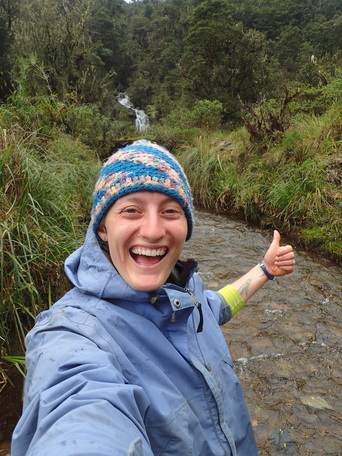

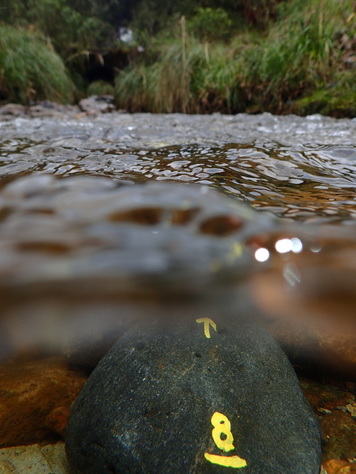
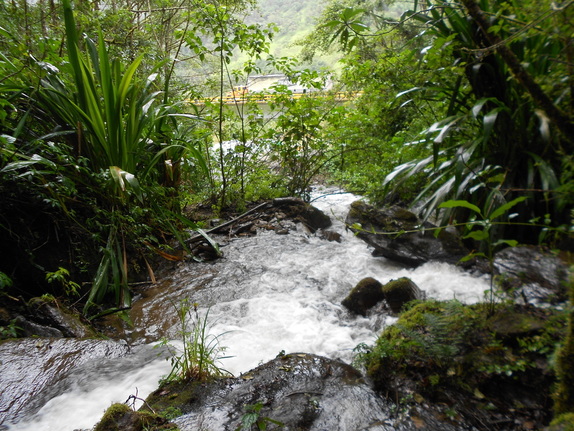
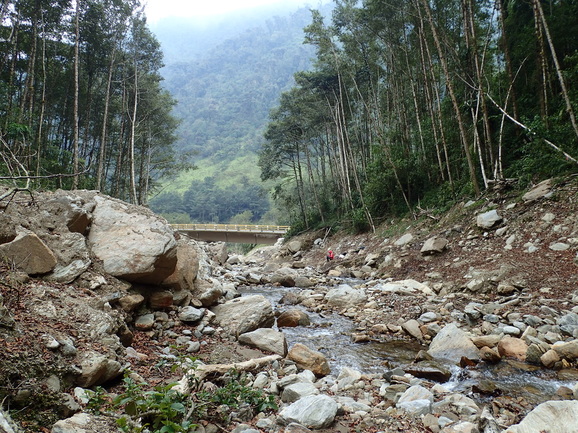
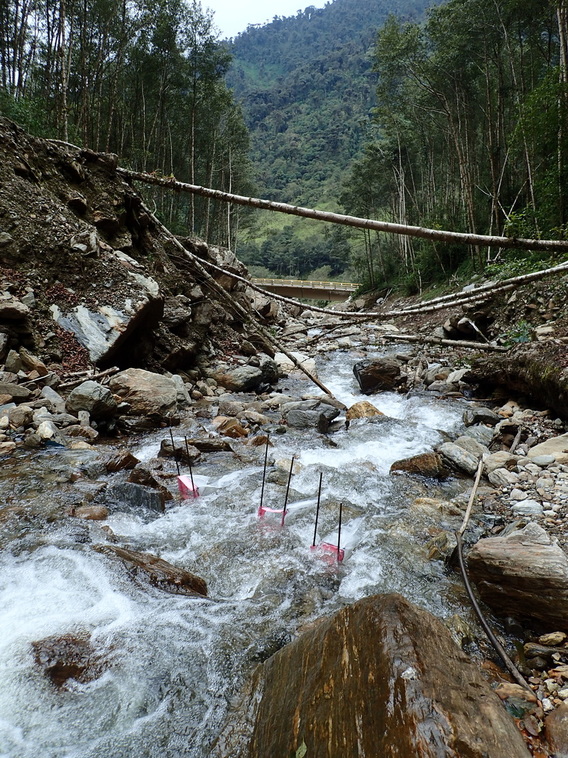
 RSS Feed
RSS Feed
